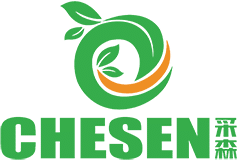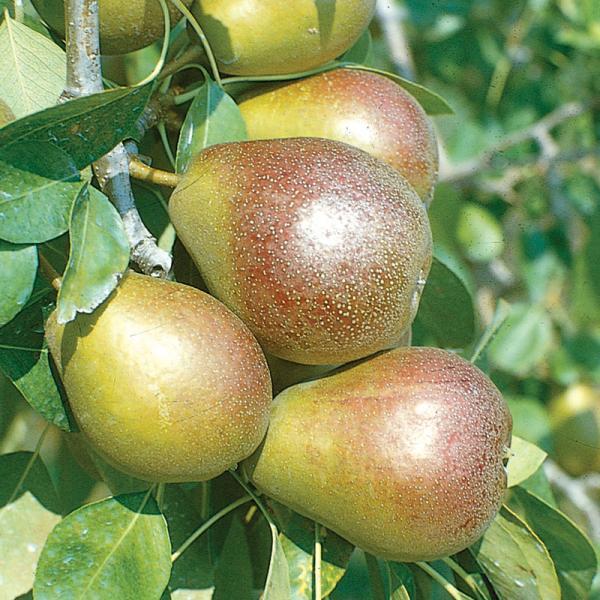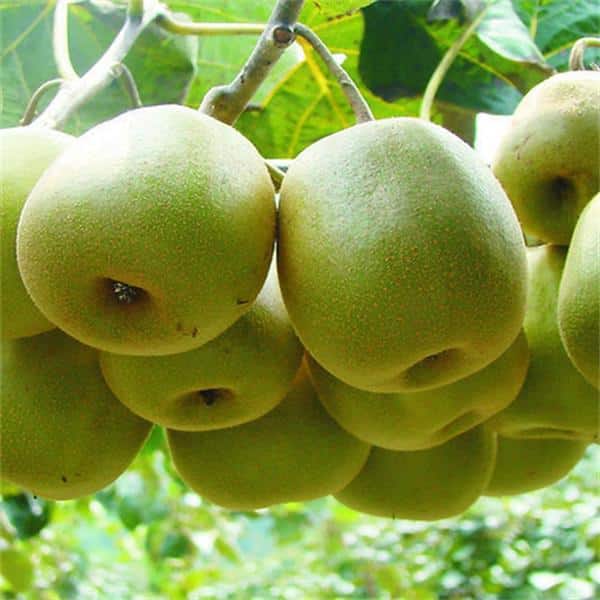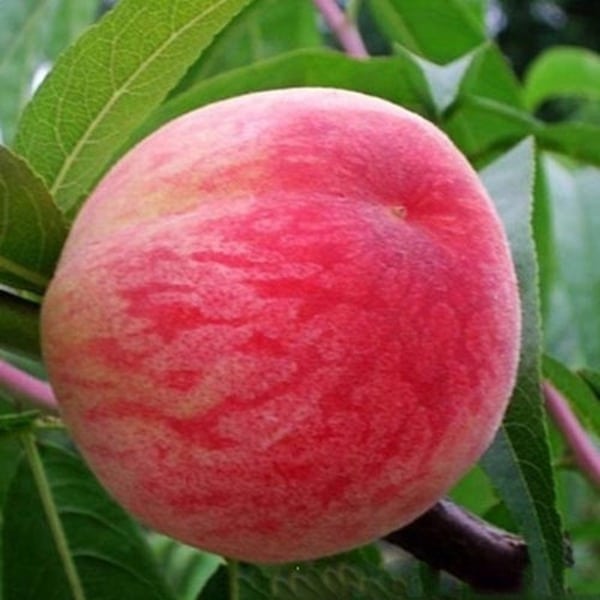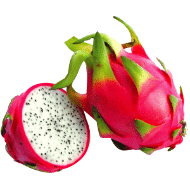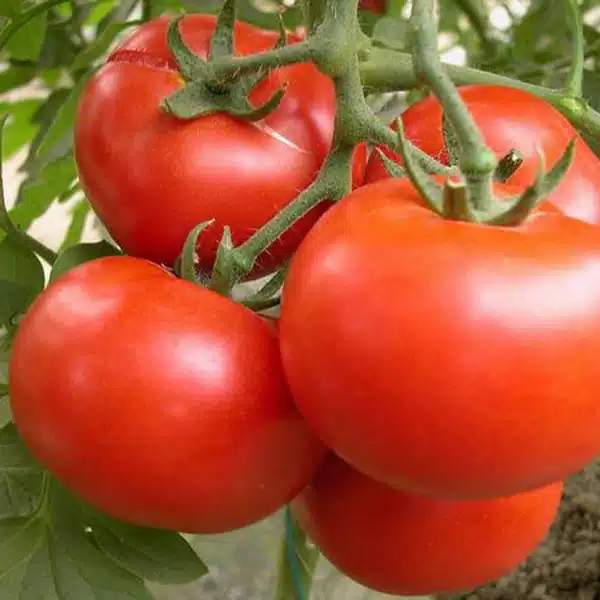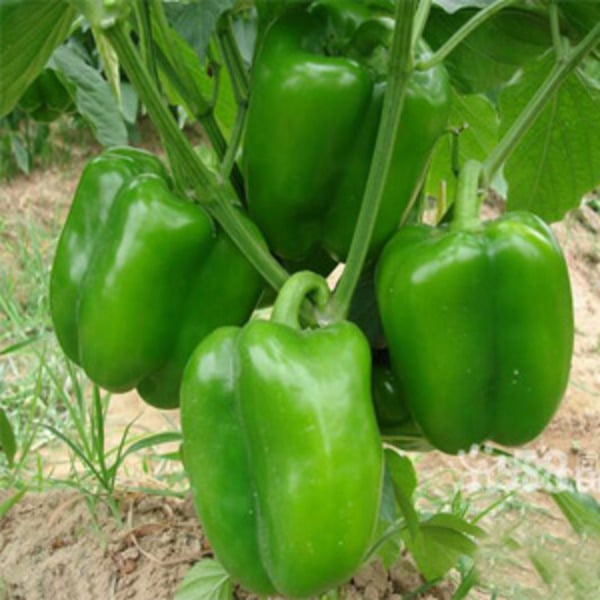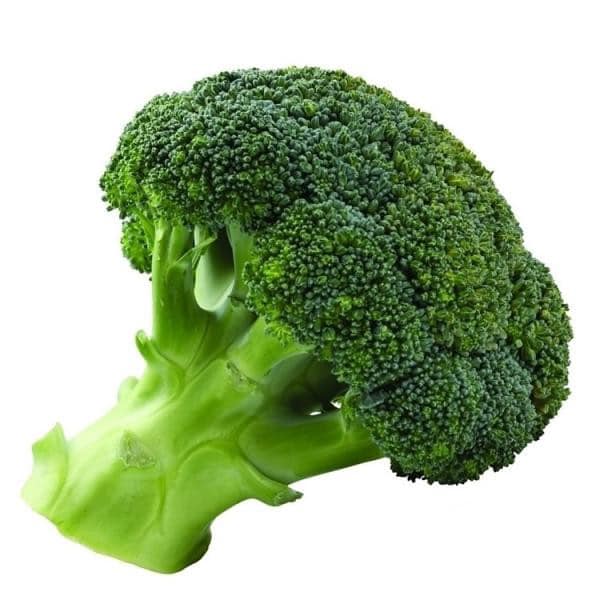Say goodbye to wasted food and hello to extended freshness with our innovative fresh-keeping technology!
-
Mon - Sat : 09:00 - 22:00(GMT+8)
-
sales@chesenbio.com

Application of 1-mcp on broccoli
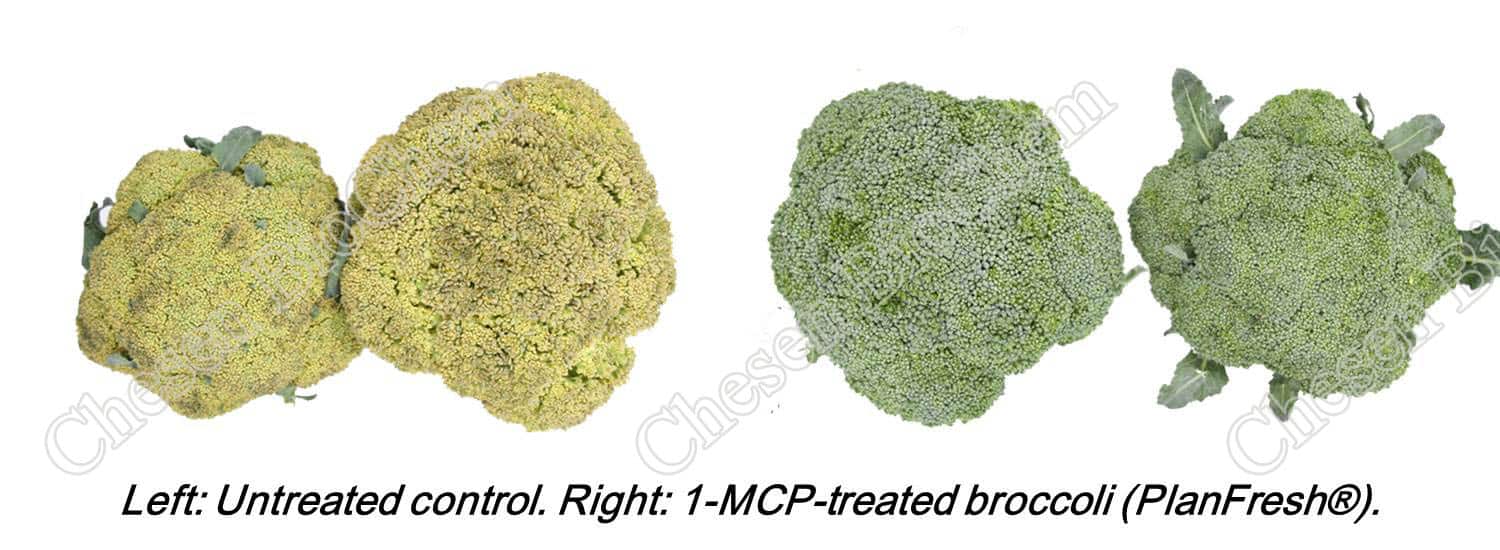
Storage and Preservation Technology of 1-MCP on Broccoli
Broccoli is a popular vegetable in many parts of the world. Since the early 1980s, people have been recommending broccoli in their diet to prevent cancer. Fresh broccoli is harvested when the flower head is immature, so it is extremely perishable. The storage period in the air is 2-3 days at 20°C and 3-4 weeks at 0°C. The main limitation of storage at ambient temperature is the rapid yellowing of flower buds due to the decomposition of chlorophyll, while at low temperatures, the quality loss is due to the color change from green to yellow and the beginning of decay.Treating broccoli with 1-MCP can reduce respiration and ethylene production, significantly extend shelf life, reduce postharvest deterioration, and delay chlorophyll degradation.
1. The storage characteristics of broccoli
Endogenous ethylene is believed to play an important role in the color change of stored broccoli. Exogenous ethylene has been shown to accelerate the yellowing of broccoli. This effect is attributed to the stimulation of ethylene production and the increased sensitivity of tissues to ethylene. Therefore, minimizing ethylene in the storage environment or inhibiting the effect of ethylene can effectively extend the storage life of broccoli.
The storage of broccoli florets is usually recommended in a cooled and controlled atmosphere. However, cooling and controlled atmosphere facilities are not always available in developing countries such as China. In these countries, high temperatures are often encountered during the post-harvest storage, handling, and transportation, and sales stages of broccoli products. However, at higher temperatures, 1-MCP can better reach and attach to the ethylene acceptor site, thereby further inhibiting the effect of ethylene. This makes it possible to use 1-MCP to process broccoli at an ambient temperature of about 20°C, which seems to provide commercial operators with an advantage, that is, to process the broccoli in a non-temperature controlled room immediately after harvest, and then cool the broccoli for storage or transportation.
2. Precautions for harvesting
①The harvest time of broccoli is when the flower bulbs are fully grown into bright green, the flower buds are neat and not scattered, and when they are not blooming, the quality and yield are the highest. The broccoli harvest period is relatively strict. If the harvest is too late, the pedicel will elongate, which will cause the flower bulb to disintegrate and affect the quality.
②If water is irrigated once 1-2 days before harvesting, the quality and yield of the product can be improved. Early morning and evening are good for harvesting. When harvesting, 3-4 small leaves are kept around the curd, and the lower part of the curd is cut with 10cm of the stem to protect the curd. The broccoli tissue is crisp and tender, so it must be handled with care during harvesting and transportation.
③The use of various pesticides is prohibited two weeks before harvest. The harvest criteria are: The color is dark green, the flower bulb is tight, the flower shape is round and the flower bud is relatively even and delicate, there is no yellow grain, burnt bud, rot, no insect bites, no live insect, no damage, no hollow stalk and other deformities.
3. Preparation before storage
3.1. Pre-cooling
The harvested broccoli is selected and arranged, it should be put into the pre-cooling cold room in time for pre-cooling. Pre-cooling is mainly to prevent broccoli from changing color or getting old and to extend its freshness time. Because broccoli buds will degreen and turn yellow after being harvested in an environment of 20-25℃ for 1-2 days, the temperature of broccoli should be reduced to 1-2℃ within 3-6 hours after harvesting, and then store it in the fresh-keeping cold room.
3.2. Storehouse space management
When broccoli is stored in the fresh-keeping room, in order to avoid bacterial soft rot and mildew, the flower bulbs are facing down, and polyethylene film is used for single packaging. If necessary, small holes can be punched in the packaging film to allow it to spontaneously adjust the atmosphere.
If there is a need for transportation and storage, the temperature of fresh-keeping cold storage is also required to be controlled at 0-1℃, and the humidity is 90%-95%. During transportation, cold chain cold storage is required, and the temperature cannot be higher than 4.5℃. The broccoli must be shipped to the destination as soon as possible during the transportation process to prevent the broccoli from being damaged due to too long time in the transportation process.
For the storage conditions of broccoli in fresh-keeping cold room, the relative suitable temperature is 0-1℃; the relative suitable humidity is 95%, and it can generally be kept fresh for about 30 days. The storage time varies according to the variety and quality of broccoli.
4. 1-MCP treatment of broccoli
Processing temperature: 15~20℃
Processing time: 6~12 hours
1-MCP concentration: 0.5~1μl l-1
Fresh-keeping time after treatment (0-1℃, 90%-95% RH, O2 10%, CO2 5%): 60~90 days

5. Storage conditions
5.1. Cold storage room control
Temperature: 0-1℃
Relative humidity: 90%-95%
Oxygen content: 10%
Carbon dioxide content: 5%
5.2. Sterilization
Sterilize cold storage per two weeks. Fungicide will be better when used in alternatively.
5.3. Ventilation
Ventilate every 15 days, ventilation time is about 30min, ventilation when weather is sun and outside temperature is low.
5.4. Out of stock
Warm broccoli before out of the cold room, otherwise there will be condensate water on broccoli, then broccoli will be rot easily.
6. Contact us
For more detailed information about 1-MCP on broccoli, please feel free to contact us.
